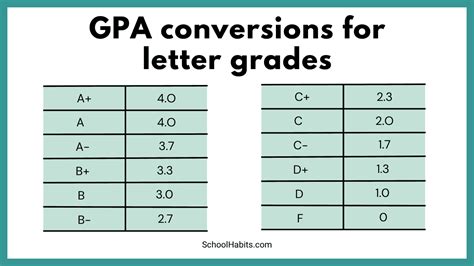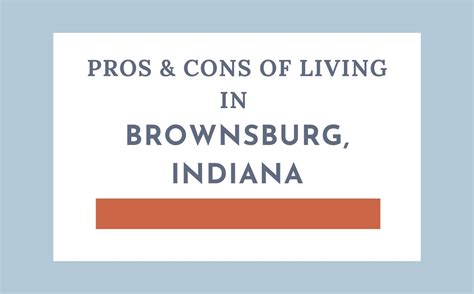Indiana, the Crossroads of America, offers a rich tapestry of urban and rural landscapes, steeped in history and dotted with natural wonders. For those considering relocating to this Midwestern gem, weighing the advantages and disadvantages is crucial.

Pros
1. Affordable Cost of Living
Indiana boasts a remarkably low cost of living compared to many other states. According to the Council for Community and Economic Research, the state’s overall cost of living index is 90.1, significantly lower than the national average of 100. This affordability extends to housing, transportation, and utilities, allowing residents to enjoy a comfortable lifestyle at a fraction of the cost of metropolitan areas.
2. Abundant Job Opportunities
Indiana is home to a diverse economy anchored by manufacturing, agriculture, and healthcare. The state collaborates with educational institutions and businesses to enhance workforce development, attracting significant investments and creating ample job opportunities. In 2022, the unemployment rate stood at 2.2%, well below the national average of 3.5%.
3. Stellar Education System
Indiana prioritizes education, investing heavily in its public schools. The state consistently ranks among the top performers in standardized testing, with an impressive 90% high school graduation rate. Furthermore, Indiana boasts prestigious universities such as Indiana University, Purdue University, and Notre Dame, providing access to world-class higher education.
4. Vibrant Arts and Culture Scene
Despite its Midwestern location, Indiana is a cultural hub. Indianapolis, the state capital, is known for its thriving arts scene, featuring museums, theaters, and music venues. The Indianapolis Museum of Art houses a renowned collection spanning ancient to contemporary works. The Arts Council of Indianapolis hosts a plethora of cultural events throughout the year, attracting art enthusiasts from across the region.
5. Outdoor Recreation Paradise
Indiana offers an array of outdoor recreational opportunities. From scenic hiking trails to sprawling parks, the state caters to nature lovers of all ages. Indiana Dunes National Park, with its towering sand dunes and lush forests, is a haven for hikers, cyclists, and beachgoers. The Indiana State Park system boasts 32 parks, each offering unique experiences such as camping, fishing, and boating.
Cons
1. Limited Public Transportation
While Indiana has made strides in public transportation, it remains relatively limited, particularly outside of major cities like Indianapolis. This can pose challenges for those without access to a personal vehicle. However, efforts are underway to expand public transportation options, with new bus routes and light rail systems in the works.
2. Winters Can Be Harsh
Indiana winters can be unforgiving, with sub-freezing temperatures and significant snowfall. The state experiences an average of 25 inches of snow annually, which can impact outdoor activities and transportation. However, the state is well-prepared for winter, with efficient snow removal services and heated sidewalks in urban areas.
3. Rural Areas Can Be Isolated
While Indiana offers a mix of urban and rural environments, some rural areas can feel isolated, with limited access to essential services and amenities. However, the state has taken steps to improve broadband connectivity and support local businesses in rural communities.
4. High Property Taxes
Property taxes in Indiana are relatively high compared to neighboring states. According to the Tax Foundation, Indiana’s effective property tax rate of 1.08% is the 12th highest in the nation. Homeowners should factor this into their budgeting when considering a move to Indiana.
5. Lack of Major League Sports
For sports enthusiasts, Indiana lacks major league professional sports teams. However, the state is home to several minor league teams and a passionate college sports fanbase, particularly for basketball and football.
Conclusion
Living in Indiana offers a balance of affordability, job opportunities, and cultural attractions, along with a strong emphasis on education and outdoor recreation. However, potential residents should consider the limited public transportation, harsh winters, and high property taxes before making a decision. By carefully weighing the pros and cons, individuals can determine whether Indiana aligns with their lifestyle and priorities.
Here are four useful tables that provide additional insights into the pros and cons of living in Indiana:
| Category | Pros | Cons |
|---|---|---|
| Cost of Living | Low cost of housing, transportation, and utilities | High property taxes |
| Job Market | Ample job opportunities in manufacturing, agriculture, and healthcare | Limited public transportation in rural areas |
| Education | Stellar public school system and prestigious universities | High student-to-teacher ratio in some schools |
| Culture and Recreation | Vibrant arts scene, scenic parks, and outdoor activities | Lack of major league sports teams |
Effective Strategies for Making Indiana Even More Liveable
Cost of Living:
- Provide tax incentives for homeowners and renters
- Implement rent stabilization measures
- Invest in affordable housing development
Public Transportation:
- Expand bus and rail services to rural areas
- Introduce new transportation technologies such as ride-sharing and microtransit
- Collaborate with municipalities to improve intercity connections
Education:
- Reduce class sizes and provide additional support for teachers
- Increase funding for early childhood education
- Expand access to higher education through scholarships and grants
Culture and Recreation:
- Invest in public art and cultural institutions
- Create new parks and trails
- Support local businesses that contribute to the cultural fabric of the state
